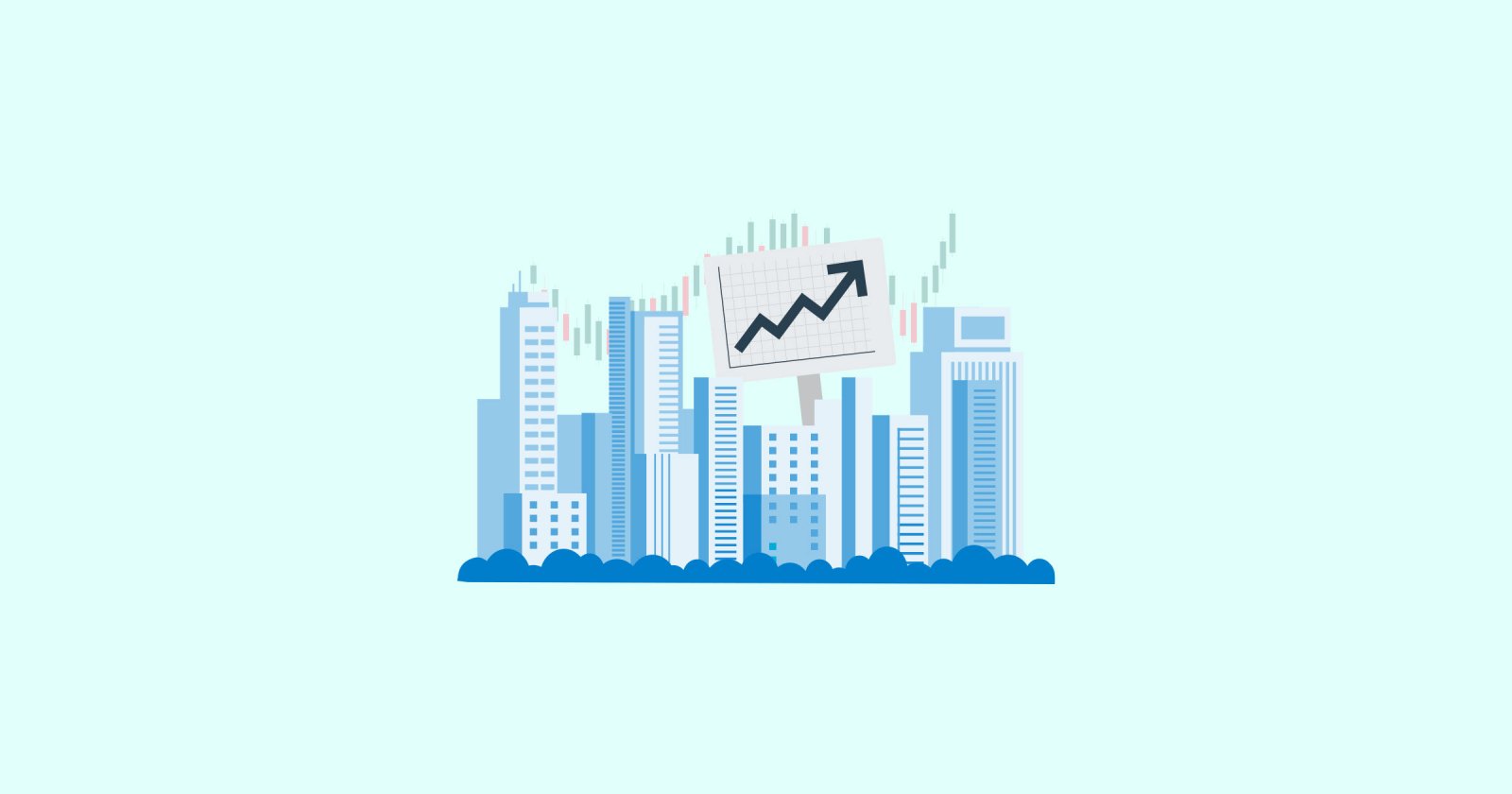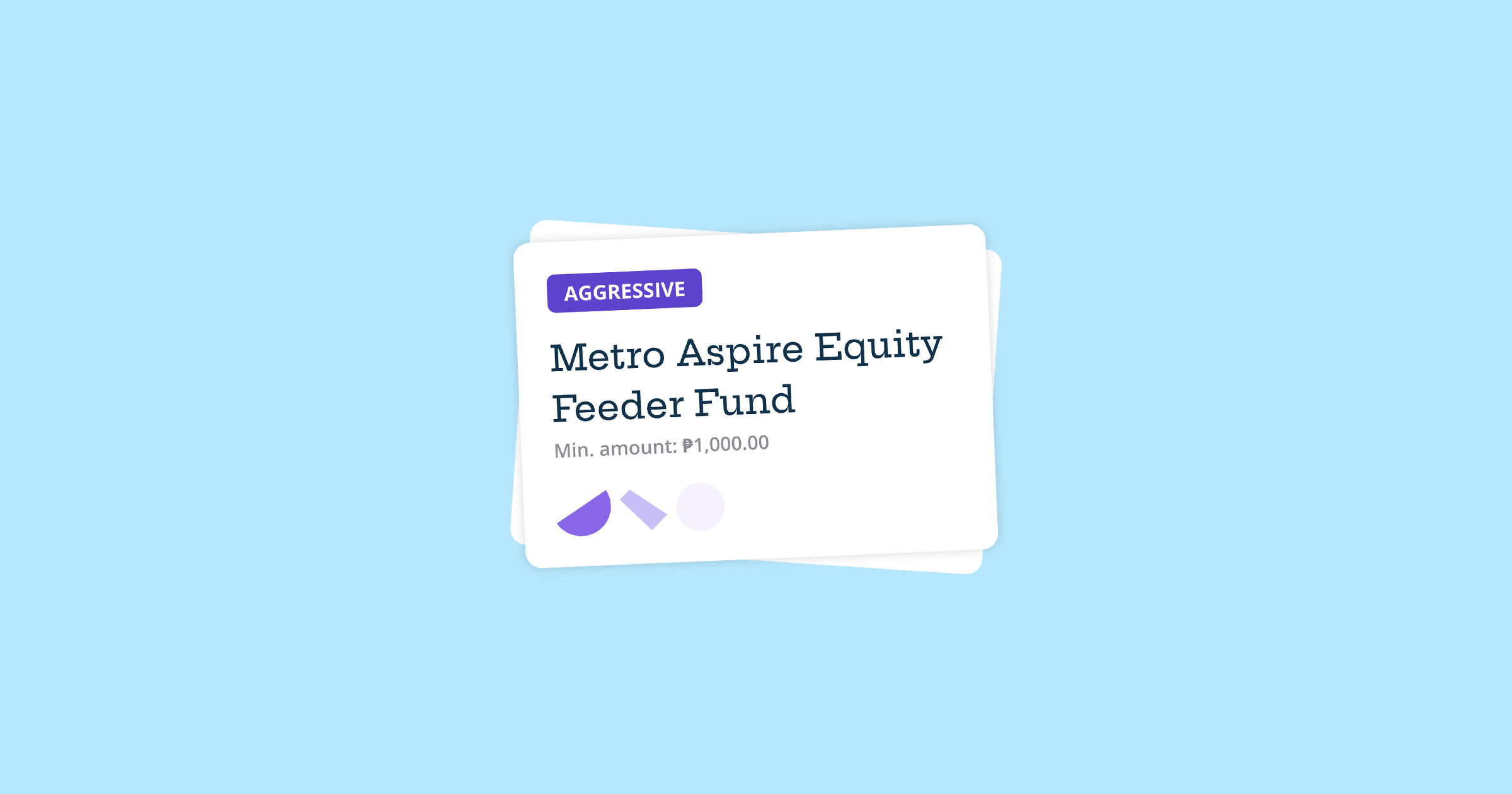A stock market rally is what happens when the prices of stocks or indices go up over a certain period. It can be an exciting time for investors as they watch prices climb.
However, it’s important to know what a rally means and what causes it before you make any decisions. Keep reading to learn more.
What is a rally?
A rally is a sustained increase in prices fueled by strong demand and investor confidence. In general, a rally refers to a rapid rise of about 10% in prices, but it can be more than that.
These events can last for just a single trading day, or they may continue for weeks, or even months.
People tend to associate rallies with bull markets – or longer-term upward trends in prices. However, they can also happen during bear markets, or when prices are generally declining over a long period.
Prices can still surge over a short term though a larger downward trend continues. Rallies may not always signal the end of a long-term price drop.
That’s why it’s important to understand the underlying causes before making a move when you see prices going up.
What causes a stock market rally?
When people are feeling optimistic about the economy and the business sector outlook, it increases the likelihood of them investing in the stock market. This buying activity pushes stock prices higher and creates a rally.
Different events can trigger this optimism. Here are some examples:
- Positive economic news
When there’s news flow pointing to a strong economy—like stronger employment data or easing inflation—investors can become more confident about the growth prospects of stocks.
- Good news for companies
If public companies report higher profits than expected, their stock prices tend to rise. Other activities like expansion efforts, product launches or technological advancements can also boost optimism about a company’s future.
When a company is big or influential enough, its strong performance could also lead to a rally in the wider industry.
- Government action
Governments may pass legislations or take steps to boost the economy, like lowering interest rates or introducing laws aimed at supporting consumers and businesses.
This can empower more people to spend money, boosting demand for goods and services. This, in turn, may allow businesses to grow and increase the demand for their stocks.
Sometimes, price trends are driven by speculation. Rallies can be fueled by expectations, which may not always take shape as predicted. Keep this in mind and do your research before reacting to price swings.
What should you do?
Your reaction to a rally could vary based on your investing goals, skills, and strategy. If you’re a long-term investor, it’s wise to check if there’s a solid reason driving the price trend before buying during a rally.
Some people attempt to profit from rising prices by making quick trades, but this style of short-term trading can be risky since prices aren’t guaranteed to keep climbing.
If you get swept up in the excitement and buy at the wrong time, you may end up paying more for a stock than it is actually worth.
Rallies come and go, and so you should keep a clear head and only act when it makes sense for you to do so, and not simply because you don’t want to miss out.




